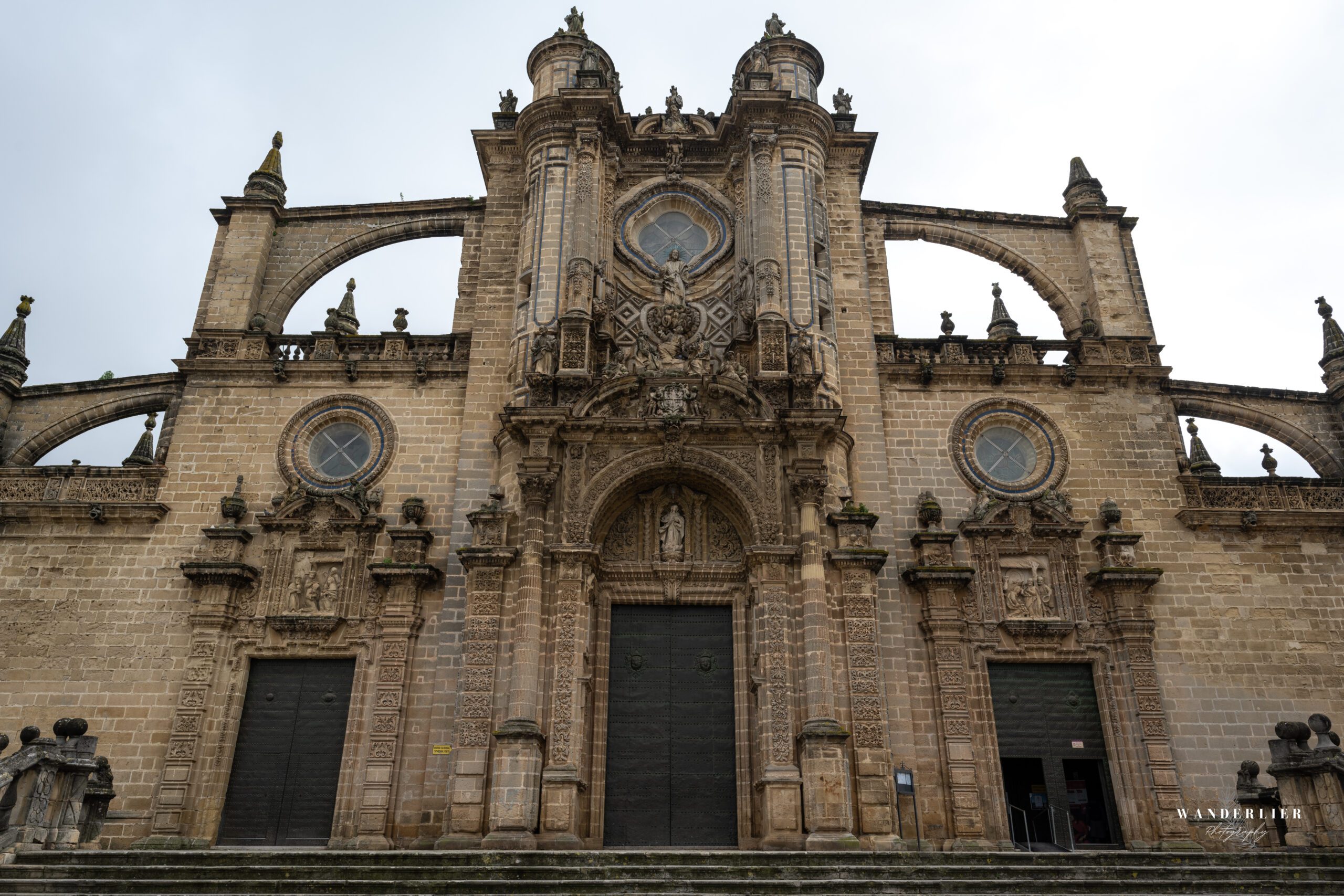Torcal de Antequera
The Torcal de Antequera Natural Park, located in Andalusia, Spain, is renowned for its impressive limestone formations that have been shaped over millions of years. The landscape is unique and attracts nature lovers and hikers from around the world each year.
Torcal de Antequera is filled with a fascinating array of bizarre, erosion-formed rock formations, including dolomite towers and rock labyrinths that spark the imagination. The park spans about 17 square kilometers and offers several hiking routes that allow visitors to explore the enchanting beauty of this natural wonder.
One of the most remarkable features of Torcal de Antequera is the Tornillo del Torcal, an iconic rock formation resembling a screw twisted into the ground. This and other formations create a surreal landscape that feels almost otherworldly. The park also houses an abundance of flora and fauna, with rare plant species and birds that inhabit the rocks.
For archaeology enthusiasts, Torcal de Antequera also offers prehistoric remnants, including ancient caves with rock paintings dating back to the Paleolithic era. This adds a historical dimension to the natural beauty of the area.
Visitors can choose from various hiking routes, ranging in difficulty, to experience the breathtaking views and unique geology of the region. Whether it’s a short visit or a longer trek, Torcal de Antequera offers an unforgettable journey through time and nature. It’s a place where the silence is broken only by the wind whistling through the impressive rock formations, creating an unforgettable experience in the heart of Andalusian nature.
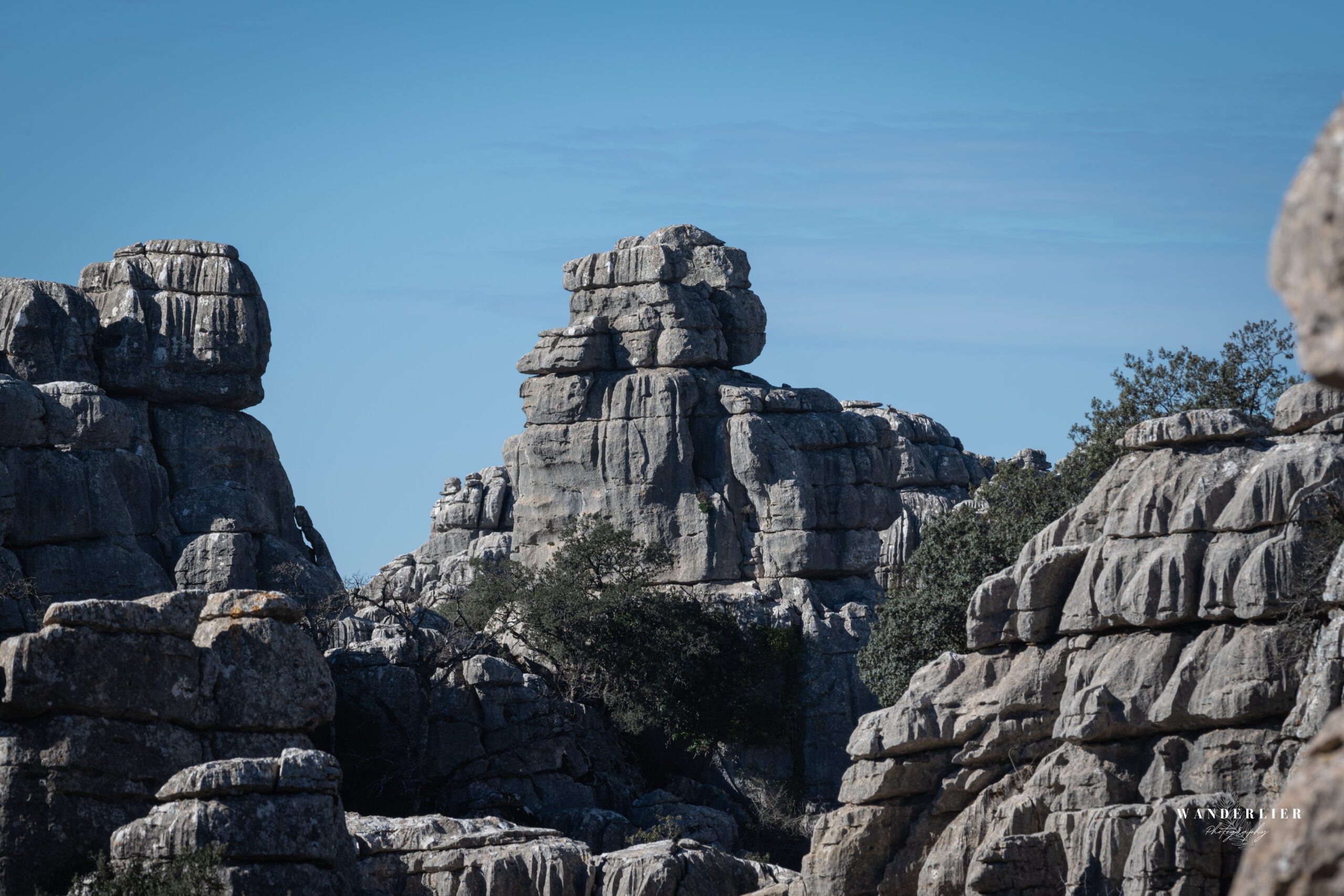
Sierra Nevada
The Sierra Nevada, located in the south of Spain, is a majestic mountain range that forms part of the Betic Cordillera and is one of the most striking natural features of the Iberian Peninsula. With its impressive mountain peaks, vast forests, and breathtaking landscapes, the Sierra Nevada is a paradise for nature lovers, adventurers, and outdoor sports enthusiasts.
The mountain range stretches over an area of about 80 kilometers from east to west and includes some of the highest peaks on the Spanish mainland, including Mulhacén, which at 3,479 meters is the highest mountain on the Iberian Peninsula. The Sierra Nevada offers a diverse terrain, with steep rocky peaks, expansive alpine meadows, deep ravines, and crystal-clear mountain lakes.
One of the most remarkable features of the Sierra Nevada is its rich biodiversity. The mountain range is home to a wide variety of plants and animals, including many endemic species that are found nowhere else in the world. The expansive forests of the Sierra Nevada are home to a diverse collection of trees, including pines, oaks, beeches, and firs, while the alpine meadows and mountain pastures are populated by an abundance of wildflowers and herbs.
In addition to its natural beauty, the Sierra Nevada also offers numerous recreational opportunities for visitors. The mountain range is a popular destination for hikers, climbers, mountain bikers, and skiers, with many well-marked trails and routes running through the area. In the winter months, the Sierra Nevada becomes an important ski resort, offering excellent facilities and slopes for both beginners and experienced skiers and snowboarders.
Another notable attraction in the Sierra Nevada is the Sierra Nevada National Park, which was established in 1999 and covers over 85,000 hectares. The park is home to a wealth of natural and cultural sights, including historic villages, ancient ruins, traditional mountain huts, and protected nature reserves.

Caminito del Rey
The Caminito del Rey, or the King’s Path, is a breathtaking hiking trail located in the El Chorro Gorge in Andalusia, Spain. The route is named after King Alfonso XIII, who officially opened the paths in 1921. This trail is globally renowned for its spectacular views and challenging nature.
The path stretches nearly 8 kilometers, guiding adventurous hikers along steep cliffs and narrow paths that are anchored to the rock faces. It was originally built in the early 20th century to give workers access to a nearby hydroelectric power station. However, over the years, it fell into disrepair and earned the nickname “the most dangerous hiking trail in the world.”
In 2015, the Caminito del Rey underwent a thorough renovation, restoring the original structure and adding safety features to enhance the hiking experience. Today, the path is accessible to visitors seeking an unforgettable adventure, with safety measures such as walkways, handrails, and helmets.
Hikers are rewarded with stunning views of the gorge, the Guadalhorce River, and the surrounding natural landscape. The route is surrounded by lush vegetation and impressive rock formations, making it a unique and photogenic experience.
Tips:
Tickets for the Caminito del Rey are often sold out well in advance. Therefore, if you plan to hike this trail, make sure to book your tickets ahead of time. Tickets are available in two types:
- Single ticket €10 (without a guide)
- Guided ticket €18 (with a guide)
Prepare yourself well, as it can be very hot during the summer months. In winter, it can be chilly, especially since much of the route is in the shade. Be sure to bring plenty of water and food for the hike. The route starts on the north side of the El Chorro Gorge and ends on the south side (in El Chorro). There are no toilets along the route. Be sure to read the rules on the Caminito del Rey website before your hike. For example, wearing good shoes is mandatory. It is also prohibited to bring umbrellas or camera tripods.
Parking costs €2 per day. You can get your parking ticket in two ways: online when purchasing your tickets or on-site. (IMPORTANT: If you buy your parking ticket online, you can only park at the visitor center.) Upon arrival in El Chorro after the hike, you can take the shuttle bus back to the parking lot for €2.50. The shuttle bus ticket is also available online.
To register your tickets, you will need an ID or passport.
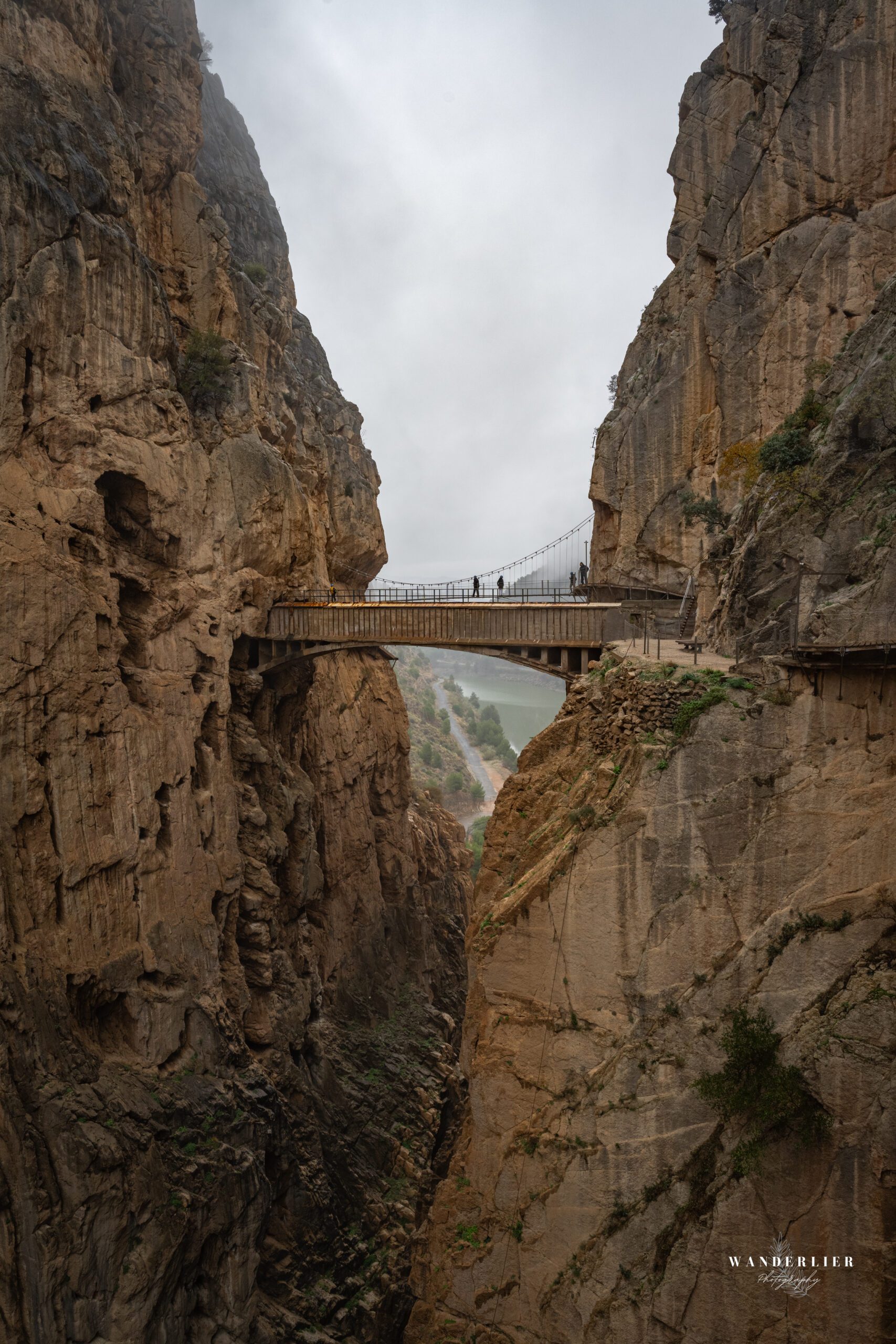
Setenil de las Bodegas
Setenil de las Bodegas is a unique village located in the province of Cádiz, in southern Spain. It is famous for its unusual architecture, with many of the homes built into or under large rock overhangs. The village’s origins date back to Roman times, but it became more notable during the Moorish period. Over the years, the residents adapted to the natural landscape, carving homes into the cliffs and caves. This distinctive style of living continues to attract tourists from all over the world.
One of the most striking features of Setenil is the way its streets wind through narrow alleys, flanked by towering cliffs. The overhanging rocks provide natural shade, making the village cooler even in the hot summer months. As a result, Setenil has a more relaxed atmosphere compared to other, more touristy Andalusian villages. In addition to its unique architecture, Setenil is known for its local cuisine. The village offers a variety of delicious tapas and regional dishes, with a focus on fresh, local ingredients.
The village is also part of the scenic “White Villages” route in Andalusia, a collection of traditional towns known for their whitewashed buildings and stunning views. From Setenil, visitors can explore nearby hills and valleys, taking in the beauty of the surrounding countryside. Furthermore, Setenil is home to several charming squares and fountains, offering a peaceful place to relax and enjoy the view.
In conclusion, Setenil de las Bodegas is a fascinating destination that combines natural beauty, unique architecture, and rich cultural history. Its blend of ancient traditions and modern-day life makes it an unforgettable place to visit.
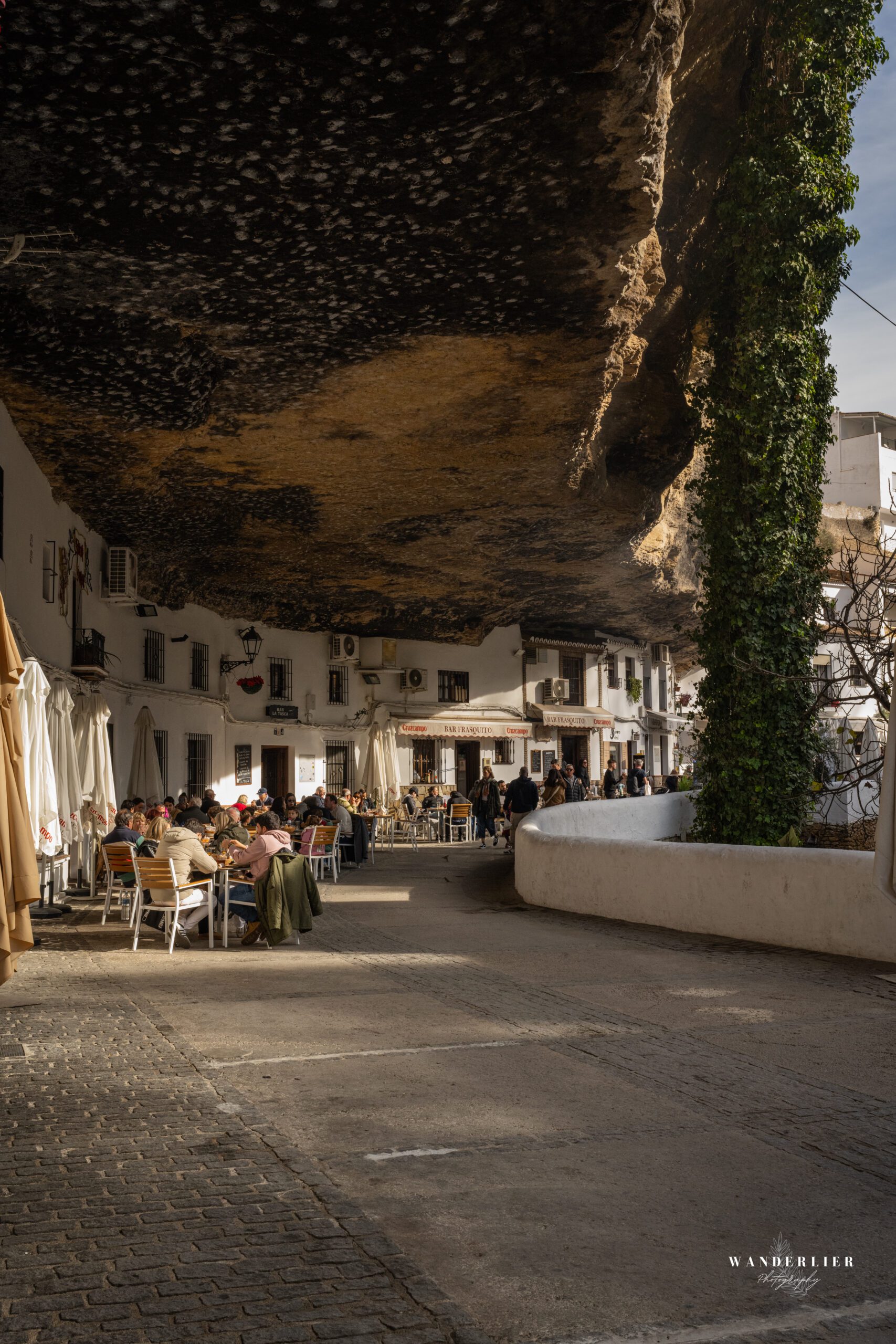
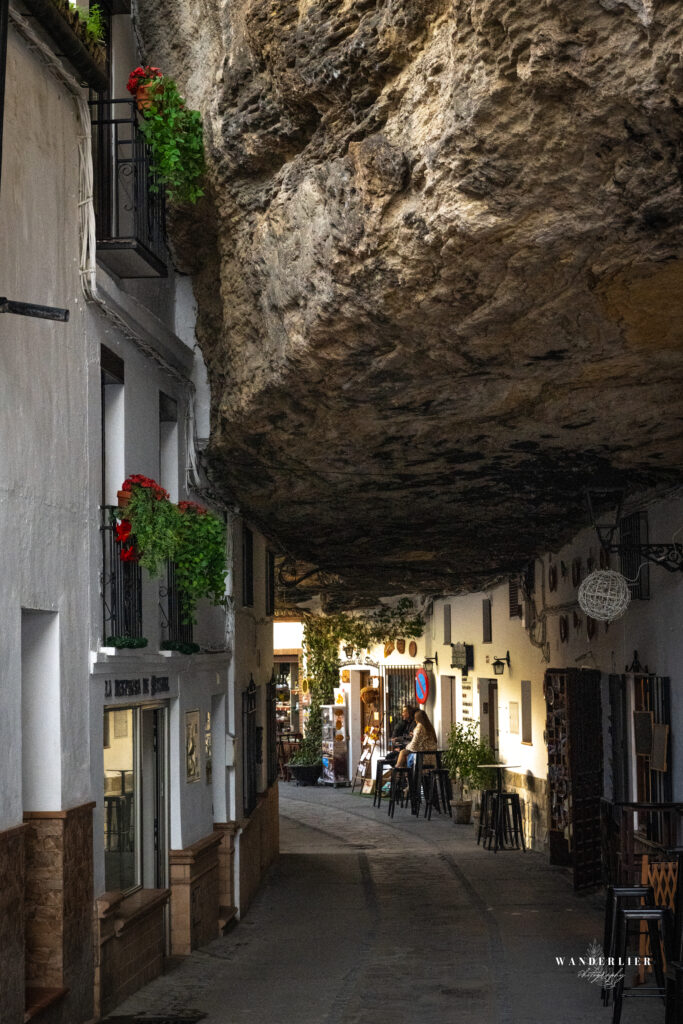
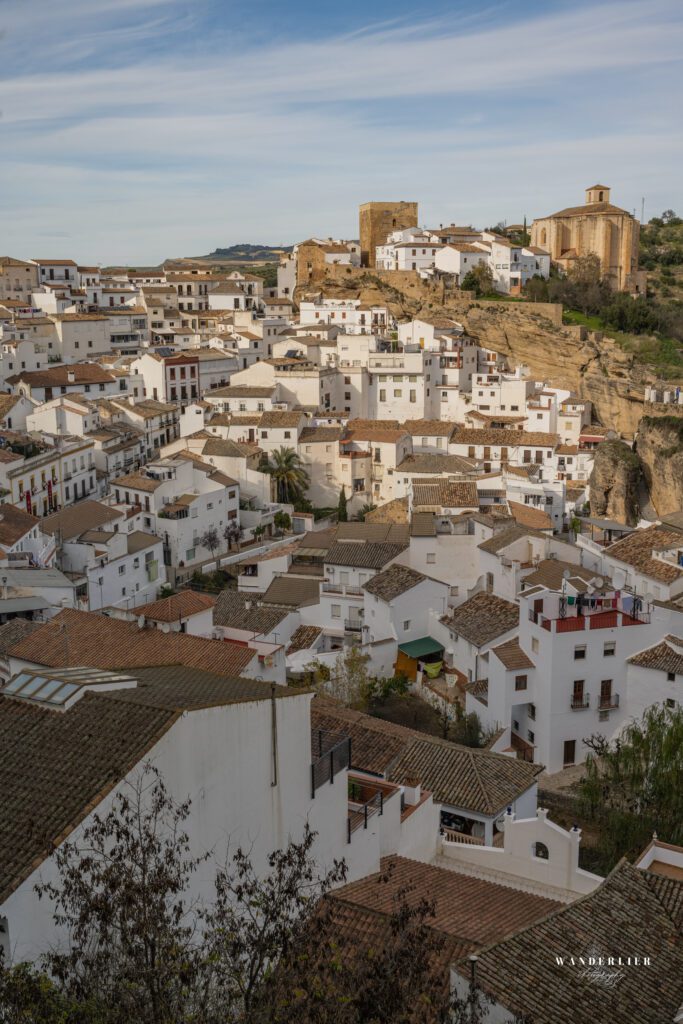
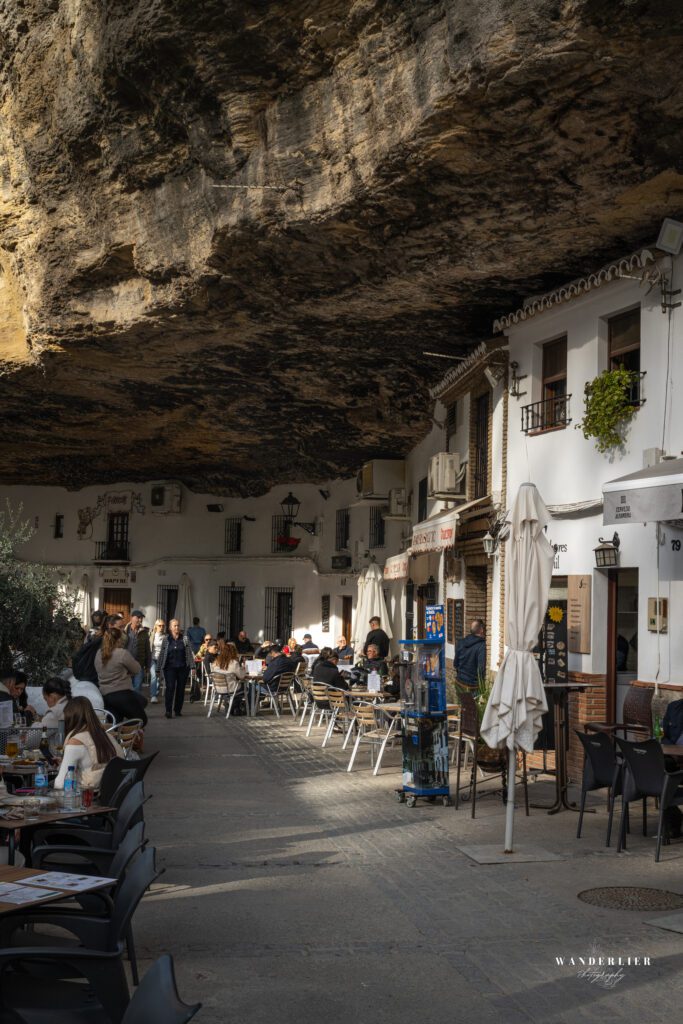
Sevilla
Seville, the vibrant capital of the Andalusia region in southern Spain, is a city steeped in history, culture, and stunning architecture. Located along the banks of the Guadalquivir River, Seville boasts a rich heritage that stretches back beyond Roman times, and has played a crucial role in Spanish history and exploration.
One of Seville’s most iconic landmarks is the magnificent Seville Cathedral, a UNESCO World Heritage site and one of the largest Gothic cathedrals in the world. Its interior houses the tombs of famous historical figures, including Christopher Columbus. Adjacent to the cathedral is the Giralda Tower, originally a minaret of the Moorish mosque that once stood on this site, and now the most recognizable symbol of Seville.
Another must-see attraction is the Alcázar of Seville, a stunning Moorish palace dating back to the 10th century. With its lush gardens, graceful arches, and tiled patios, the Alcázar offers a captivating glimpse into both Moorish and Spanish architecture, paying tribute to the city’s past.
Seville is also known for its lively and colorful neighborhoods, such as the old Jewish Quarter of Santa Cruz, with its narrow streets, picturesque squares, and hidden courtyards. Here, visitors can get lost in a maze of alleys and enjoy the charm of Seville at its best.
Culture plays a central role in the life of Sevillanos, especially during festivals like the famous Semana Santa (Holy Week) and Feria de Abril, where the city comes alive with processions, flamenco performances, and traditional celebrations filling the streets with music and dance.
Seville is also famous for its delicious cuisine, with dishes like gazpacho, paella, and tapas embodying the flavors of Andalusia. From cozy tapas bars to refined restaurants, Seville offers culinary delights for every taste.
For more tips on attractions in Seville, click the button below.
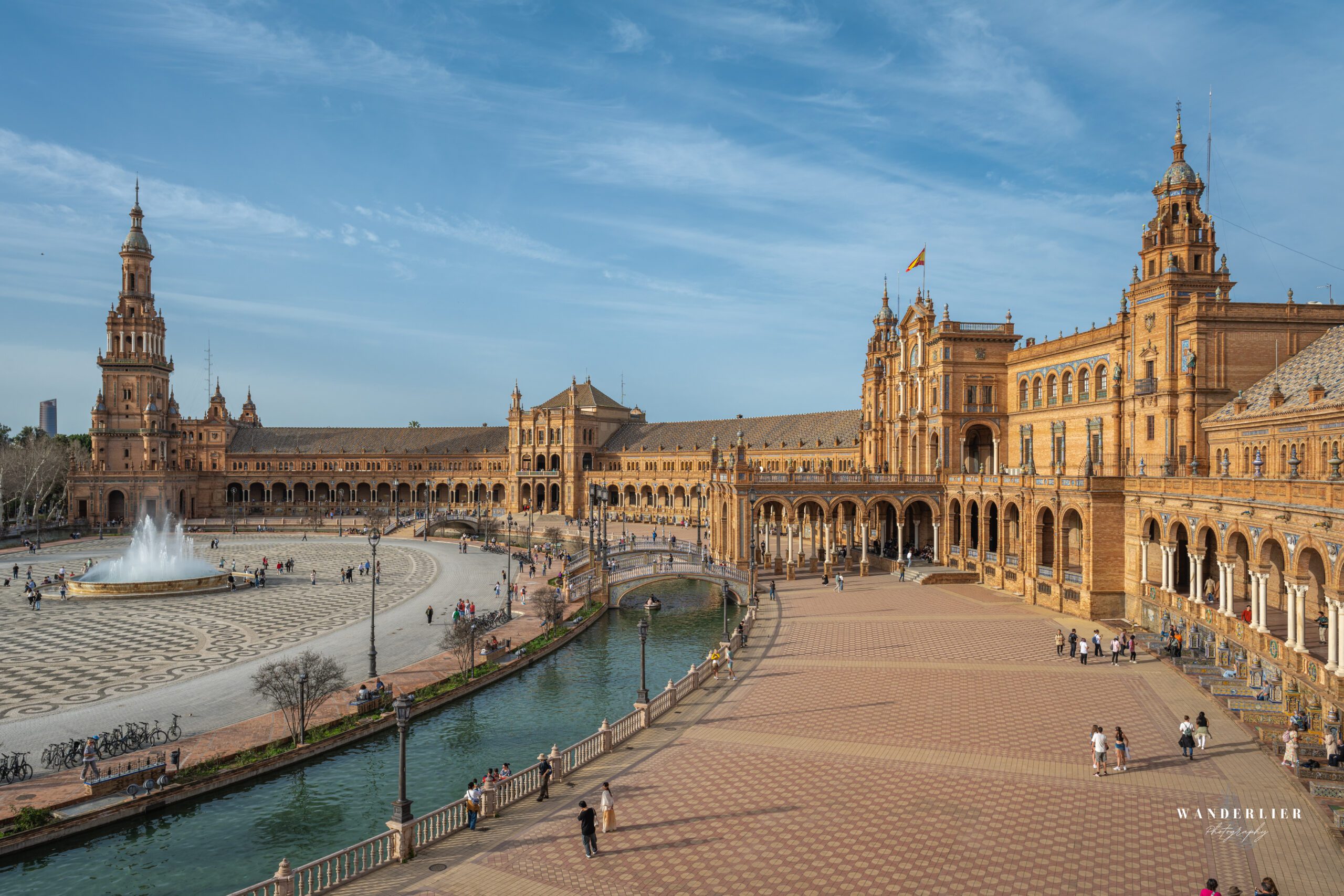
Córdoba
Córdoba, a captivating city in southern Spain, is rich in history, culture, and architectural splendor. Located along the banks of the Guadalquivir River, Córdoba boasts a heritage that dates back to ancient times.
The city flourished during the Roman Empire and reached its peak as the capital of the Moorish caliphate in the Middle Ages. This era of Moorish rule brought a period of intellectual and artistic prosperity, with Córdoba regarded as one of the most advanced cities in Europe.
One of Córdoba’s most striking landmarks is the famous Mezquita, a stunning mosque-cathedral that embodies the fusion of Islamic and Christian influences. The Mezquita, with its unique blend of Moorish architecture and Christian elements, symbolizes the city’s cultural diversity.
In addition to the Mezquita, Córdoba offers a wealth of historical and cultural sights. The old Jewish Quarter, Judería, is a maze of narrow streets and charming squares, where visitors can wander past centuries-old synagogues and patios adorned with flowers.
The Alcázar of the Christian Monarchs, an imposing palace complex surrounded by lush gardens, stands as a testament to Christian rule after the Reconquista. This magnificent structure, featuring both Gothic and Moorish elements, offers a fascinating glimpse into Córdoba’s history.
Beyond its historical grandeur, Córdoba also has a vibrant and lively atmosphere. The city is known for its bustling markets, traditional flamenco performances, and exquisite gastronomy, where local delicacies like salmorejo and rabo de toro tantalize the taste buds.
For more tips on attractions in Córdoba, click the button below.
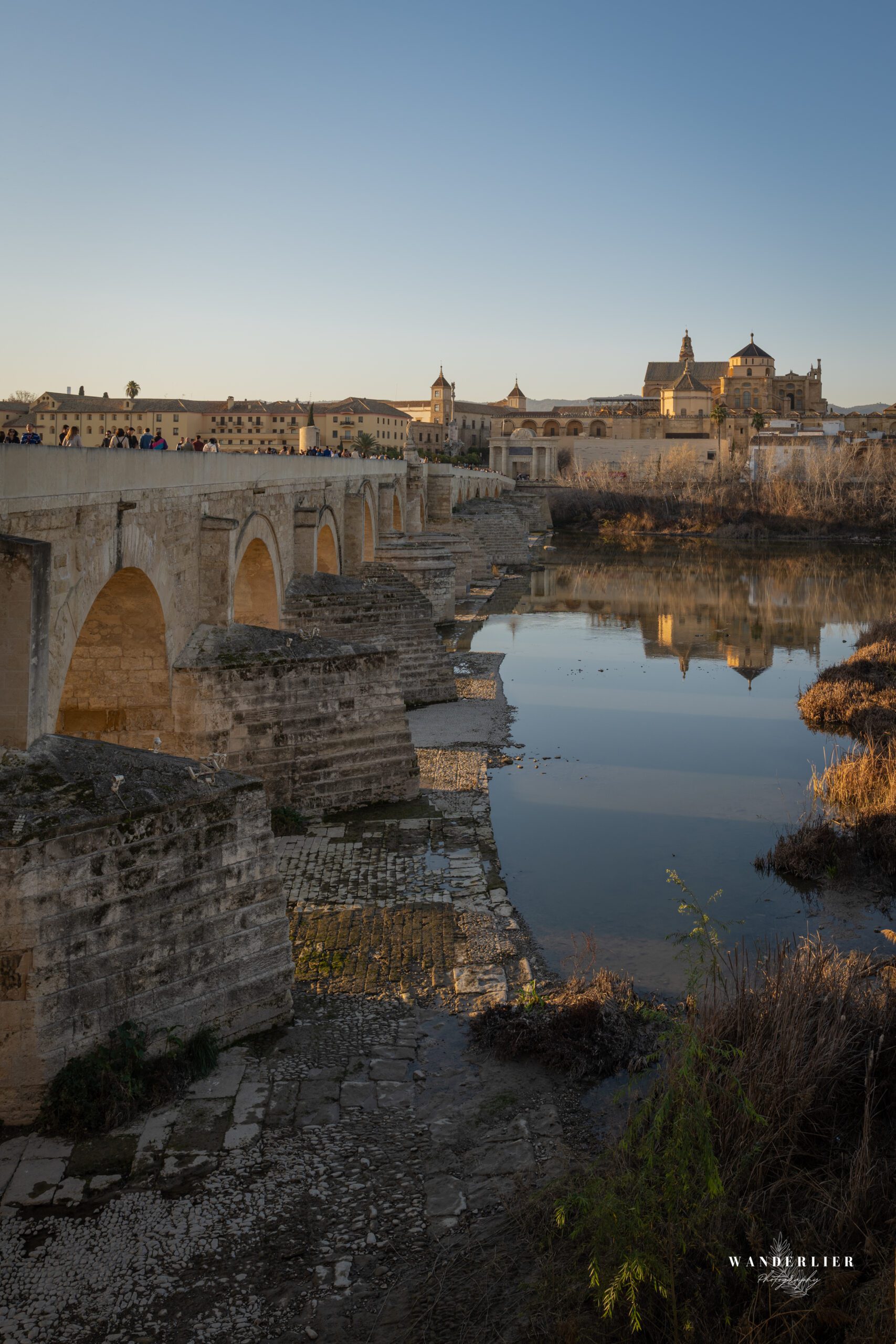
Malaga
Málaga, a vibrant city on the sunny coast of Andalusia, is a treasure trove of history, culture, and Mediterranean charm. Located on the Costa del Sol, Málaga boasts a rich and diverse history that dates back to ancient times.
One of the most notable landmarks in Málaga is the impressive Alcazaba, a Moorish fortress that towers over the city. This medieval stronghold, built in the 11th century, offers breathtaking views of the Mediterranean Sea and the surrounding hills.
In addition to the Alcazaba, Málaga is home to a wealth of historical monuments, including the beautiful Málaga Cathedral, a masterpiece of Spanish Renaissance architecture. The cathedral, built between the 16th and 18th centuries, is one of the city’s most iconic symbols and houses a treasure trove of religious artworks and artifacts.
Málaga is also known for its lively cultural scene, with numerous museums, galleries, and theaters to explore. The Picasso Museum, dedicated to the famous artist Pablo Picasso, is a highlight for art lovers, with an extensive collection of his masterpieces and personal artifacts.
The city is also Picasso’s birthplace, and his presence is palpable in the streets and squares of Málaga. The Picasso Birthplace Museum, now converted into a museum, offers visitors a glimpse into the life and work of the artist, as well as his influence on the city.
Málaga also offers an abundance of culinary delights, with numerous restaurants, tapas bars, and local eateries to enjoy. From fresh seafood to traditional Andalusian dishes, Málaga’s gastronomy is a feast for the senses.
For more tips on attractions in Málaga, click the button below.
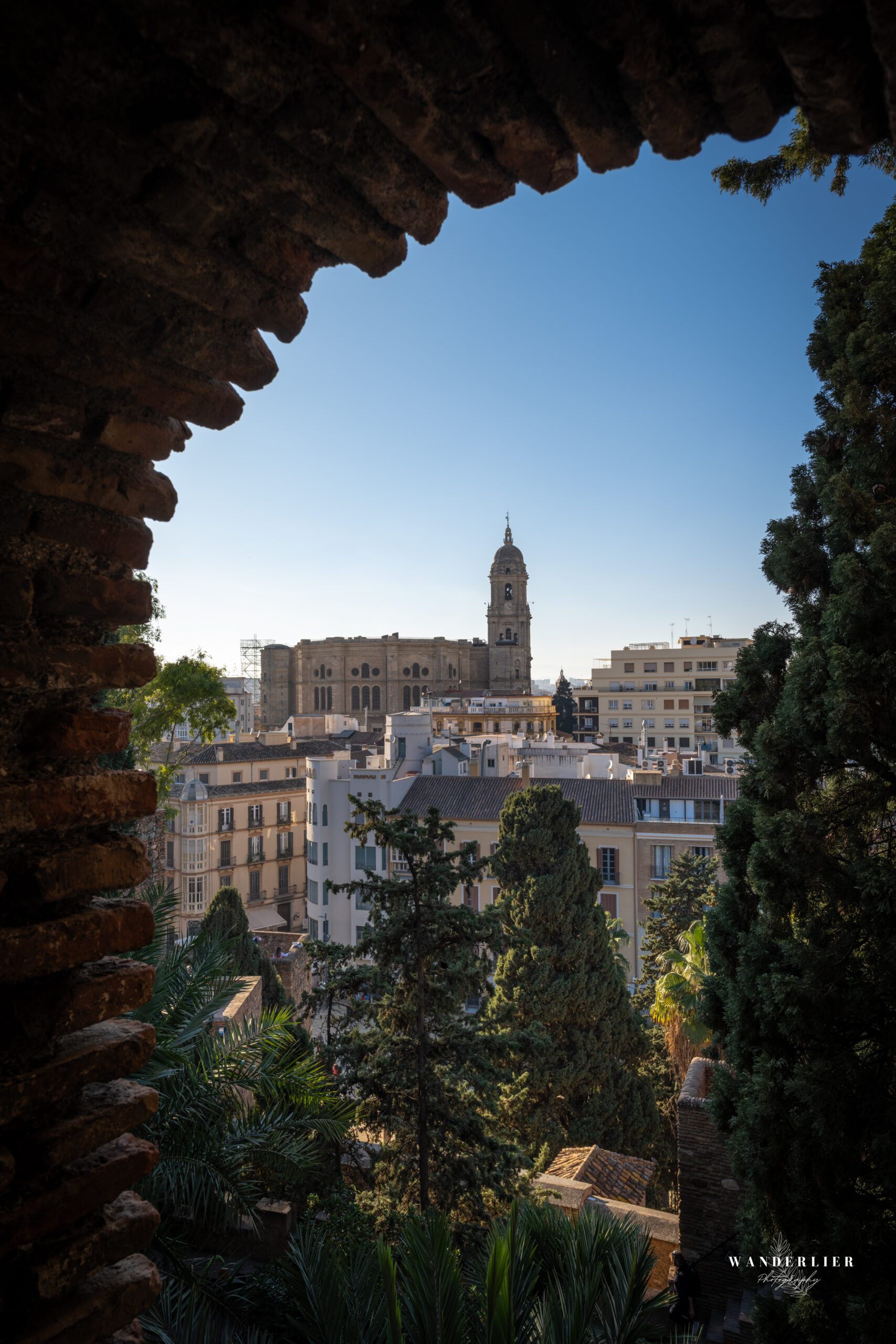
Granada
Granada, located in the south of Spain, is a city steeped in history, culture, and enchanting beauty. The city is renowned for its iconic Alhambra, a Moorish palace and fortress complex that rises above the hills, offering stunning views over the city and surrounding mountains.
The Alhambra, a UNESCO World Heritage site, is a masterpiece of Moorish architecture and garden design, featuring beautiful palaces, elegant courtyards, and lush gardens that captivate visitors with their beauty and intricate details.
In addition to the Alhambra, Granada offers a rich mix of cultural influences, from the Moorish Albaicín district with its winding streets and whitewashed houses, to the lively tapas bars and flamenco venues that give the city its unique atmosphere.
Another highlight of Granada is the imposing cathedral, an impressive example of Spanish Renaissance architecture that contrasts with the Moorish influences of the Alhambra. The cathedral houses beautiful artworks and is an important religious and cultural center in the city.
Granada is also home to a vibrant university scene, with the famous University of Granada dating back to the 16th century. The university contributes to the city’s lively energy, attracting students from all over the world.
The gastronomy of Granada is also a highlight, with local specialties such as delicious tapas, Arabic-inspired dishes, and sweet treats like the famous piononos.
For more tips on attractions in Granada, click the button below.
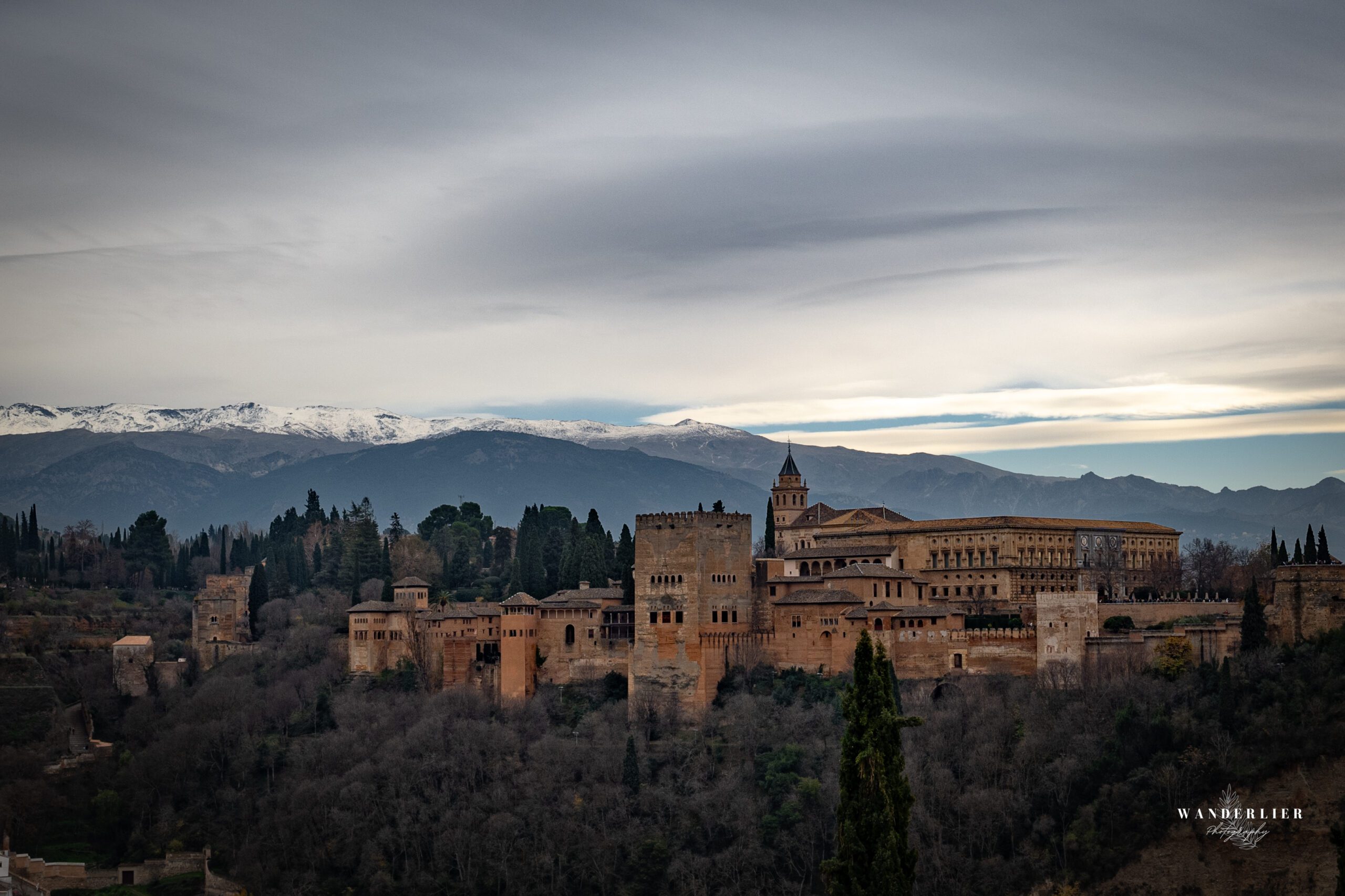
Antequera
Antequera, a charming town in southern Spain, is a treasure trove of history, culture, and natural beauty. Located in the province of Malaga, Antequera is a jewel of Andalusia, with a rich heritage dating back to prehistoric times.
One of the most prominent landmarks of Antequera is the imposing Alcazaba, a medieval fortress that rises high above the town. This impressive stronghold, built by the Moors in the 14th century, offers breathtaking views of the surrounding area and stands as a testament to the region’s rich history.
In addition to the Alcazaba, Antequera is home to a wealth of historical monuments, including the beautiful Church of Santa Maria and the impressive dolmens, prehistoric megalithic structures dating back to the Neolithic. These dolmens, including the famous Menga and Viera dolmens, are among the oldest and best-preserved in Europe and offer a fascinating glimpse into the region’s past.
Antequera’s natural beauty is also unparalleled, with the stunning El Torcal Nature Reserve, known for its unique limestone formations and breathtaking landscapes. This UNESCO World Heritage site offers a range of hiking trails and viewpoints where visitors can immerse themselves in the unspoiled beauty of nature.
Antequera is also a culinary paradise, with an abundance of traditional dishes and local delicacies to enjoy. From savory tapas to sweet desserts, the gastronomy of Antequera reflects the rich culinary traditions of Andalusia and is a delight for food lovers.
For more tips on attractions in Antequera, click the button below.
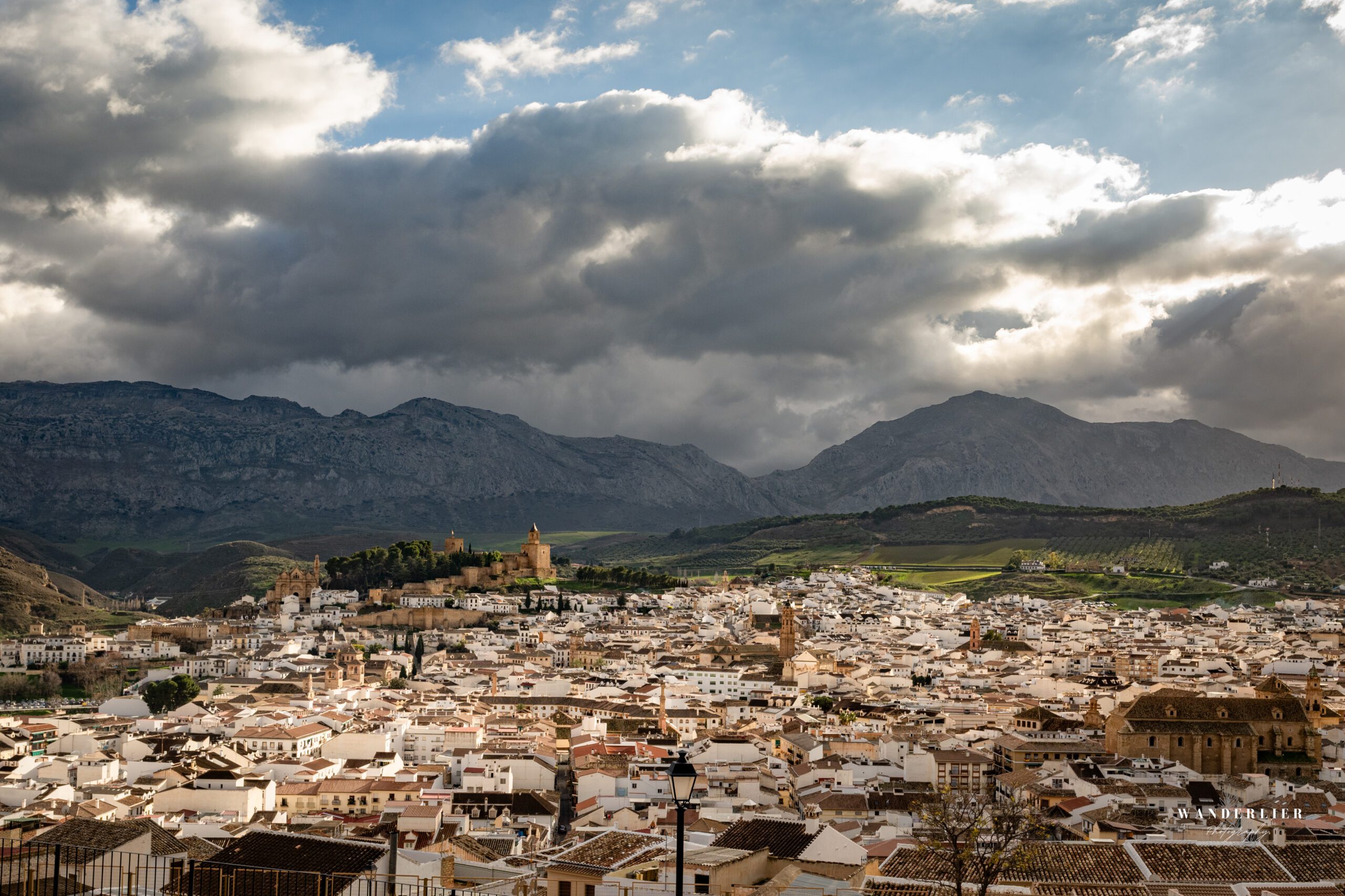
Cádiz
Cádiz, located on the Costa de la Luz in Spain, is a city steeped in history, culture, and natural beauty. As one of the oldest cities in Europe, Cádiz boasts a rich heritage dating back over 3,000 years, which is reflected in its charming streets, historic buildings, and vibrant atmosphere.
As a major port city, Cádiz has a cosmopolitan feel and a lively maritime history. Visitors can enjoy the stunning beaches along the coastline, such as Playa de la Victoria and Playa de la Caleta, where they can sunbathe, swim, and partake in water sports. The city also offers a wealth of cultural attractions, including the impressive Cádiz Cathedral, the imposing Castillo de San Sebastián fortress, and the picturesque Plaza de la Constitución.
Cádiz is also renowned for its lively festivals and traditions, most notably the famous Cádiz Carnival, considered one of the largest carnivals in the world. During this colorful festival, thousands of people gather to enjoy music, dance, costumes, and parades through the streets of the city.
Moreover, Cádiz offers an excellent culinary scene, with numerous restaurants, tapas bars, and seafood eateries where visitors can savor delicious local dishes, including fresh seafood, paella, and gazpacho.
For nature lovers, Cádiz also provides a stunning landscape to explore, including the breathtaking cliffs of Cabo de la Plata and the expansive wetlands of the Parque Natural Bahía de Cádiz, where birdwatching and hiking are popular activities.
Want to learn more about the sights in Cádiz? Click the button below.
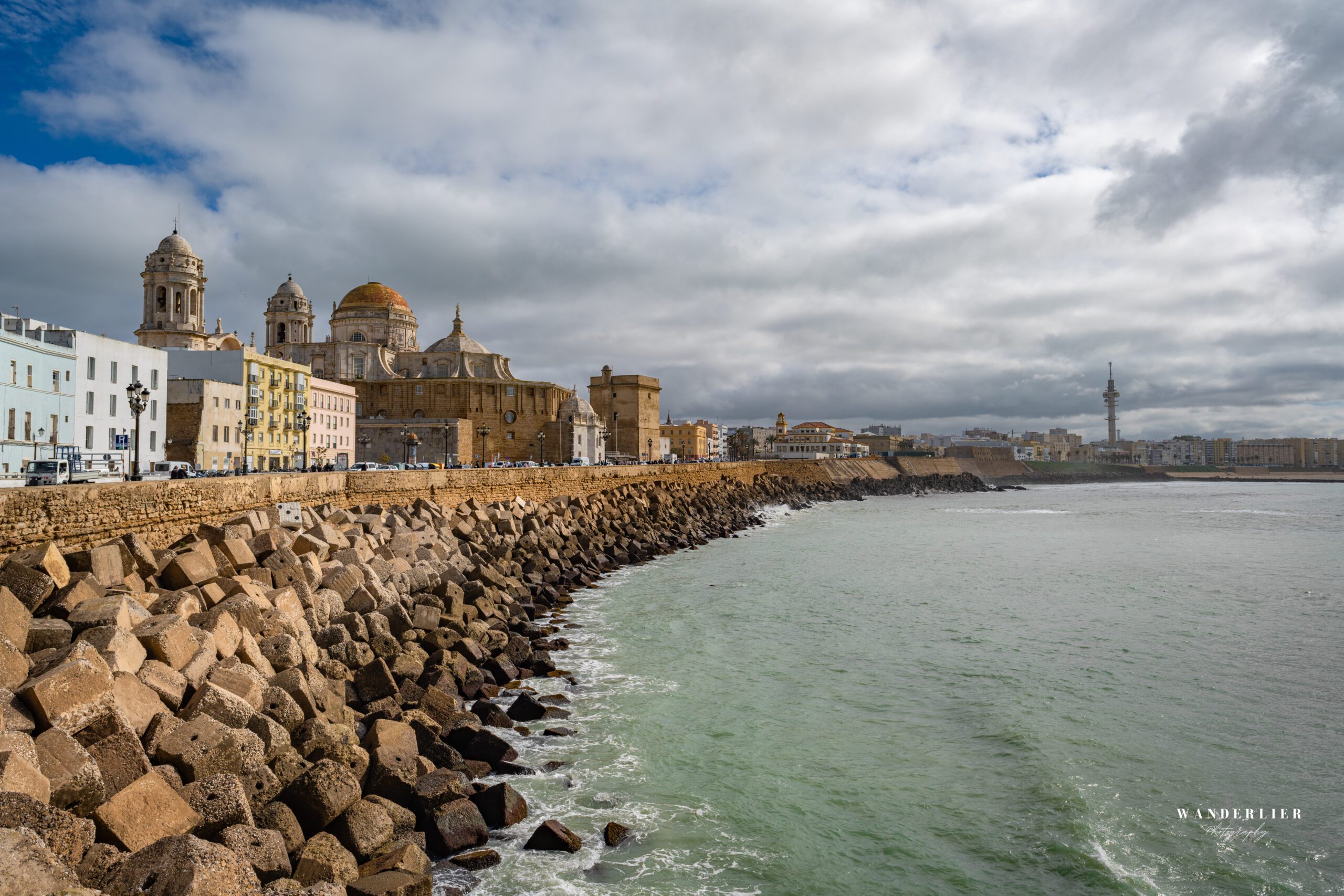
Tarifa
Tarifa, located in the southernmost part of Spain along the Costa de la Luz, is a picturesque coastal town known for its breathtaking beaches, lively atmosphere, and world-renowned windsurfing and kitesurfing opportunities. As one of the southernmost cities of mainland Europe, Tarifa attracts thousands of visitors from around the world every year, seeking adventure, relaxation, and the unique charm of this beach resort.
The Mediterranean climate of Tarifa ensures mild winters and warm summers, making it a popular destination year-round for beach lovers and watersport enthusiasts. The expansive golden sand beaches, such as Playa de los Lances and Playa de Valdevaqueros, provide the perfect setting for sunbathing, swimming, and of course, windsurfing and kitesurfing.
Tarifa is globally recognized as one of the best windsurfing and kitesurfing spots in the world, thanks to the constant winds and ideal conditions for these sports. The town is home to numerous surf schools and rental shops where both beginners and experienced surfers can enjoy lessons, equipment, and breathtaking adventures on the waves of the Strait of Gibraltar.
In addition to watersports, Tarifa also offers a rich cultural heritage and vibrant nightlife. The old town, with its narrow streets and historic buildings, exudes an atmosphere of history and tradition. Visitors can indulge in delicious local dishes at the many restaurants and tapas bars, participate in traditional festivals, or simply stroll around and absorb the unique ambiance of the town.
For nature lovers, Tarifa also offers stunning landscapes to explore, including the nearby Los Alcornocales Natural Park and the protected marine area of the Strait of Gibraltar, where you can enjoy hiking, birdwatching, and other outdoor activities.
Want to learn more about the sights in Tarifa? Click the button below.
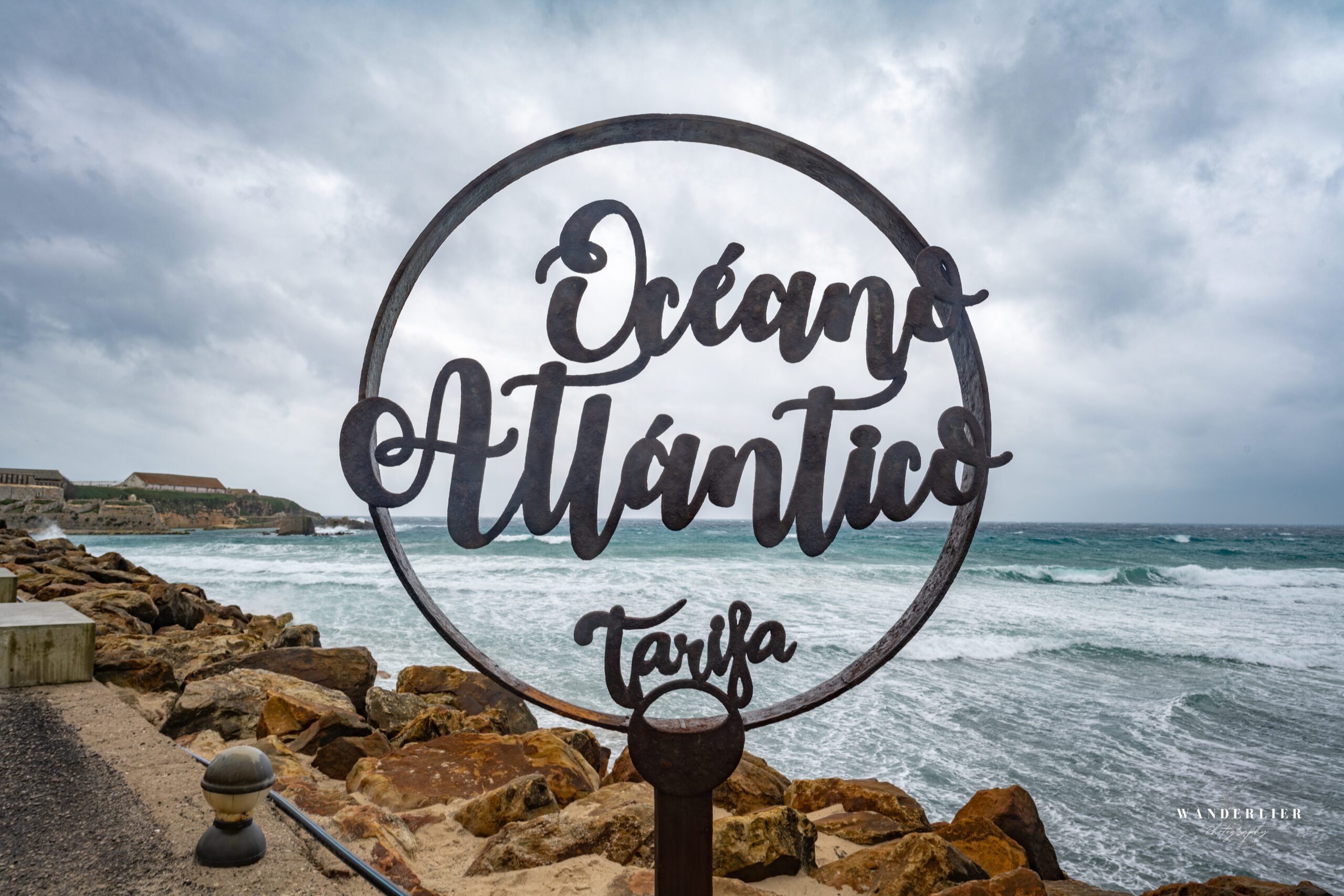
Ronda
Ronda, located in the province of Málaga in southern Spain, is a city steeped in history, drama, and breathtaking landscapes. Known as one of the most spectacular towns in Andalusia, it is famed for its dramatic location atop a deep gorge, the Tajo de Ronda, which divides the city into two parts.
One of Ronda’s most iconic landmarks is the Puente Nuevo, an impressive bridge that spans the gorge and connects the old and new parts of the city. This bridge offers stunning views of the gorge and surrounding mountains and is one of the most photographed landmarks in Ronda.
The historic center of Ronda is a maze of narrow streets, squares, and whitewashed houses that retain the charm of a typical Andalusian village. Visitors can enjoy a stroll through the winding streets and discover hidden gems like the Plaza de Toros, one of the oldest bullfighting arenas in Spain, where traditional bullfights still take place during certain times of the year.
Ronda has a rich history dating back to prehistoric times, and there are several historical sites to explore, including the Arabic baths, the Moorish castle, and the old city walls. The Mondragon Palace, with its beautiful gardens and a blend of Moorish and Renaissance architecture, is also worth a visit.
In addition to its historical and architectural beauty, Ronda is known for its wines and gastronomy. The region is renowned for its local dishes, including gazpacho, stews, and Iberian ham, which visitors can sample at the city’s many restaurants and tapas bars.
Ronda is also a paradise for nature lovers, with numerous hiking and outdoor activities in the surrounding area. The nearby Sierra de las Nieves Natural Park offers spectacular hiking routes through mountainous terrain and stunning views of the surrounding nature.
Want to learn more about the sights in Ronda? Click the button below.
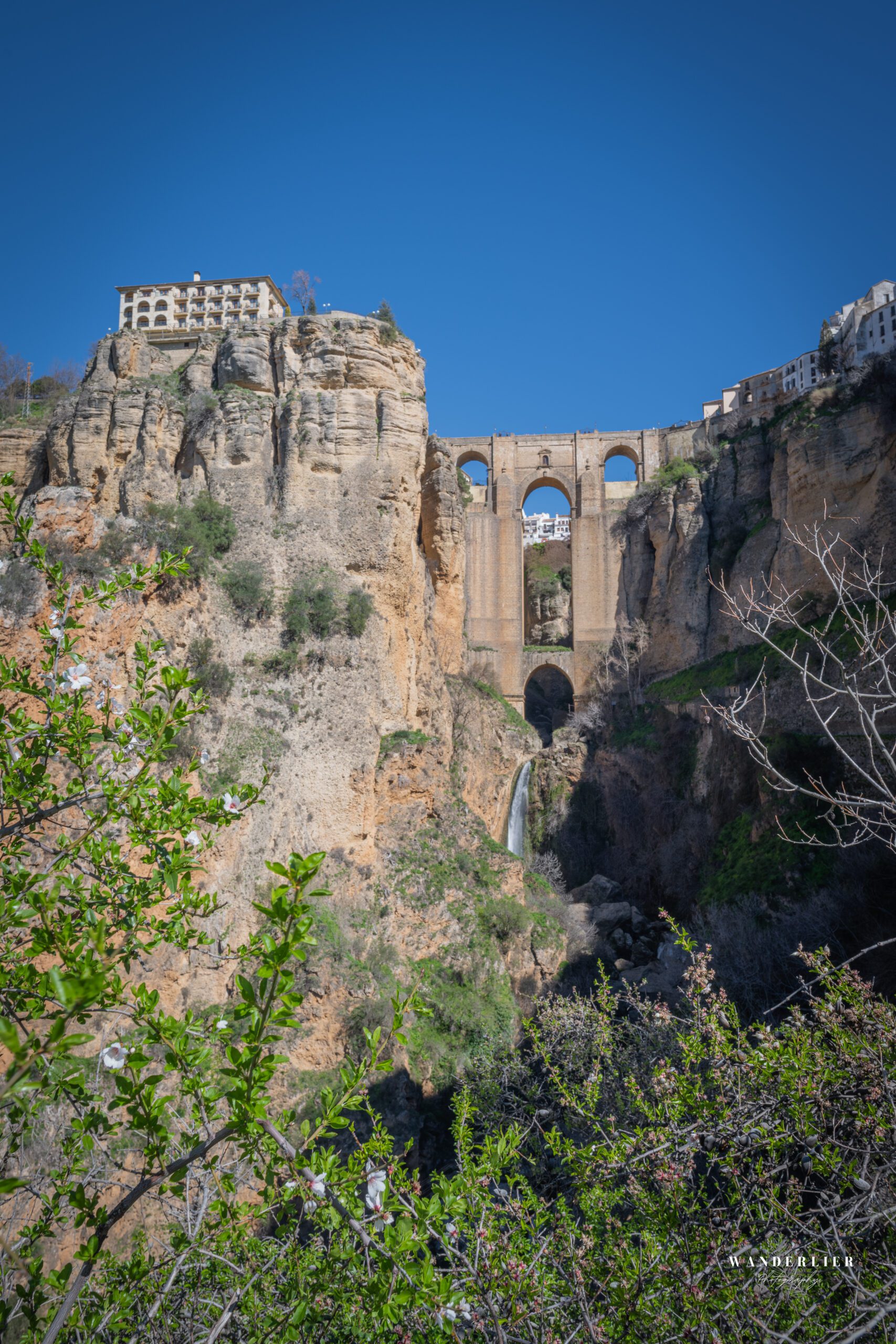
Jerez de la Frontera
Jerez de la Frontera, located in the province of Cádiz in Andalusia, Spain, is a city steeped in history, culture, and tradition. This vibrant city is world-renowned for three main things: sherry, horses, and flamenco. With its rich heritage, Jerez attracts countless visitors each year who come to enjoy its unique charm.
One of Jerez’s most prominent features is its reputation as a center of sherry production. The city is home to several bodegas (wineries) where the famous sherry wines are produced and aged. Visitors can take tours of these bodegas, learning about the production process and, of course, sampling different types of sherry, ranging from dry fino to sweet Pedro Ximénez.
In addition to sherry, Jerez is famous for its Andalusian horses, renowned for their elegance and agility. The Royal Andalusian School of Equestrian Art, based in Jerez, is a center for classical horsemanship, where visitors can enjoy spectacular equestrian shows and training sessions.
Flamenco is an integral part of Jerez’s culture, and the city is known for its lively flamenco scene. Various tablaos (flamenco bars) offer evening performances where visitors can experience the passion and emotion of this traditional Andalusian art form.
The historic center of Jerez is filled with beautiful architecture, narrow streets, squares, and historic buildings that testify to the city’s rich past. The Alcázar of Jerez, a medieval Moorish fortress, and the imposing Cathedral of Jerez are among the key attractions.
Jerez also hosts various festivals and events throughout the year, including the Feria del Caballo (Horse Fair), one of the most prestigious horse fairs in the world, and the Festival de Jerez, an international flamenco festival that brings together some of the most talented artists.
The gastronomy of Jerez is just as rich and diverse as its culture. Local specialties such as gazpacho, fried fish, and Iberian ham are favorites among both locals and visitors.
Want to learn more about the sights in Jerez de la Frontera? Click the button below.
